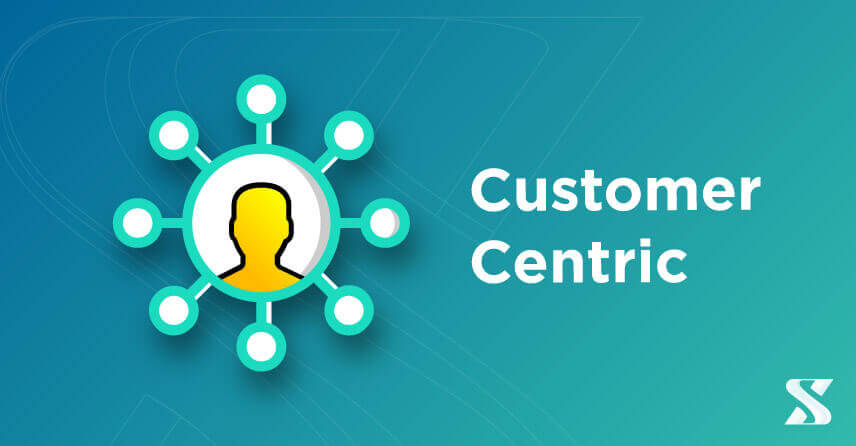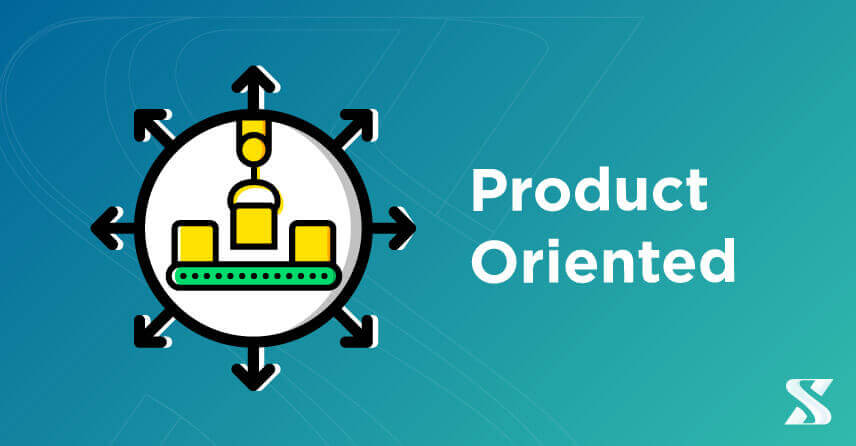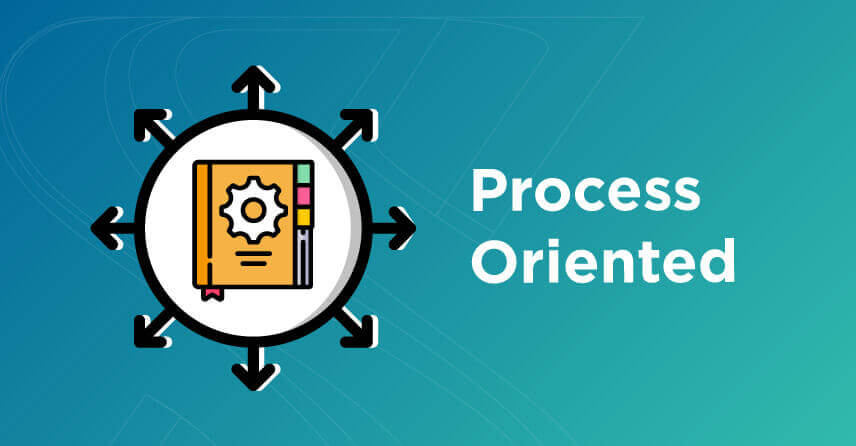Defining Customer Centric would be somewhat redundant in the face of such straightforward terminology. Therefore, I thought it would be interesting to bring some non-customer-centric terminologies and thus emphasize the differences between them:
Customer Centric:

The Customer-Centric organization puts the customer’s needs first and foremost, and this includes guiding them to other solutions that are not part of their own product portfolio. Customer-centric organizations will present convergent solutions to customer needs. This philosophy is strongly associated with companies that provide services or with services associated with the sale of the product.
Customer Focused (Focada no Cliente)

Customer-focused organizations are those that develop outside-in . But they do not put their customer’s success ahead of their own financial success and this is perceived when analyzing what the organization’s KPIs (Key Process Indicators) are.
Price oriented (Orientada ao Preço)

Many commodity companies understand that if they do not have the best price they will not succeed in the market, however they do not understand what their differentials are, when they exist. That is why they enter a spiral of constant profitability reduction that drives them to death whenever they cannot reduce their costs along with prices. Since cost reduction is much more difficult than price reduction, the death of these companies is inherent to their management model. We can easily say that this is a strategy of those who do not know much about strategies, after all there will always be someone to offer the same product for an even lower price.
Cost oriented (Orientada ao Custo) / Profit oriented (Orientada ao Lucro)

Some of these organizations believe that by getting the best cost they can get into price wars, others believe that with the low cost and acceptable price by the market they will be the most profitable. This strategy can achieve good financial results and actually achieve low costs through innovation, economies of scale, strategic suppliers, however care must be taken not to start fruitless price wars.
Product oriented (Orientada ao Produto)

Apple is the greatest example of Product Oriented that we can bring.
“Customers don’t know what they want until you show it to them”
Steve Jobs
(Customers don’t know what they want until you show it to them – Steve Jobs)
These companies undeniably believe that they can offer their customers the best Customer Experience by being the best in what they propose to produce.
Starting this description with Apple as a reference, it would not be very smart to say that this is not a winning strategy. However, it is very appropriate to say that this philosophy fits companies that focus only on products and not on services.
I dare to say that Apple has a mixed philosophy, being Product Focused on product development, but Customer Centric on after-sales service.
Process oriented (Orientada ao Processo) / Operations Oriented (Orientada à Operações)

Following procedures is what these companies do best.
If what customers want is not an option in their procedures. Unfortunately, customers will need to understand that their wishes will not be met because the companies’ procedures cannot be harmed.
The most well-known options on the market have been clarified. Let’s now detail what the 3 pillars of Customer Centric are. A philosophy that has become increasingly stronger in companies that have service in their operations.
The 3 Pillars of Customer Centric
1- Customer Experience

2- Customer Success

It is not enough to deliver to the customer what was promised and consider that everything is ok. First, when adopting Customer Centric, the company must ensure that the customer’s objectives have been achieved, preferably with the least possible friction. That is why it has become common for leading loyalty companies to have an area called Customer Success. This area, after the sale is made, is responsible for maintaining contact with the customer. In addition to ensuring that he is satisfied with the service or product offered and that his goals have been achieved.
3-Measurement of the Customer Satisfaction Level (NPS – Net Promoter Score)

It is very romantic to see the company declaring itself Customer Centric, however more important than telling the customer is its true performance in improving KPIs (Indicators), proving its involvement in the success of its customers.
The main indicator for measuring the level of customer satisfaction is the NPS (Net Promoter Score). Learn more about the NPS by clicking here.









